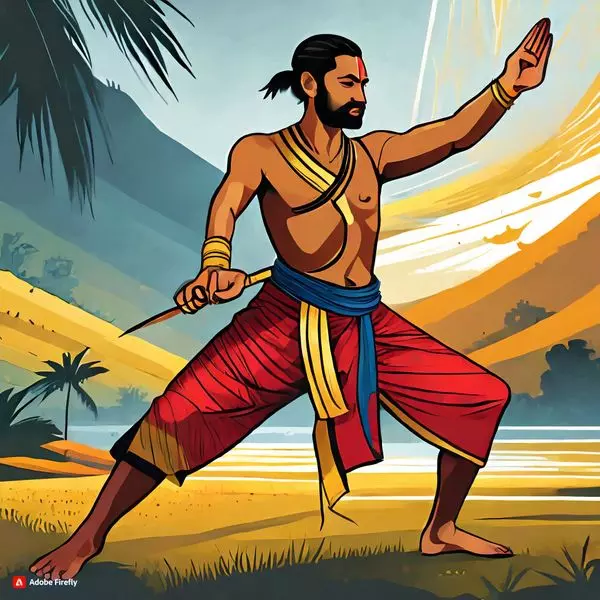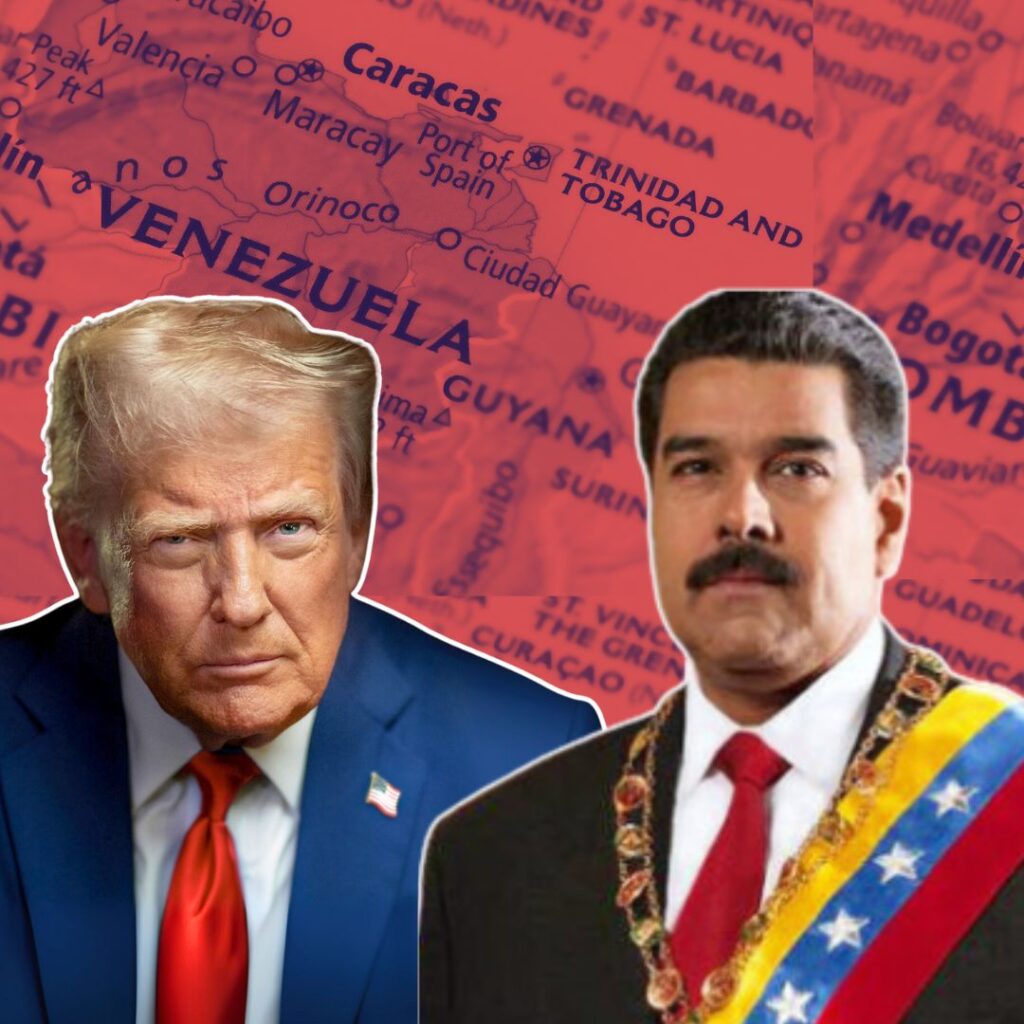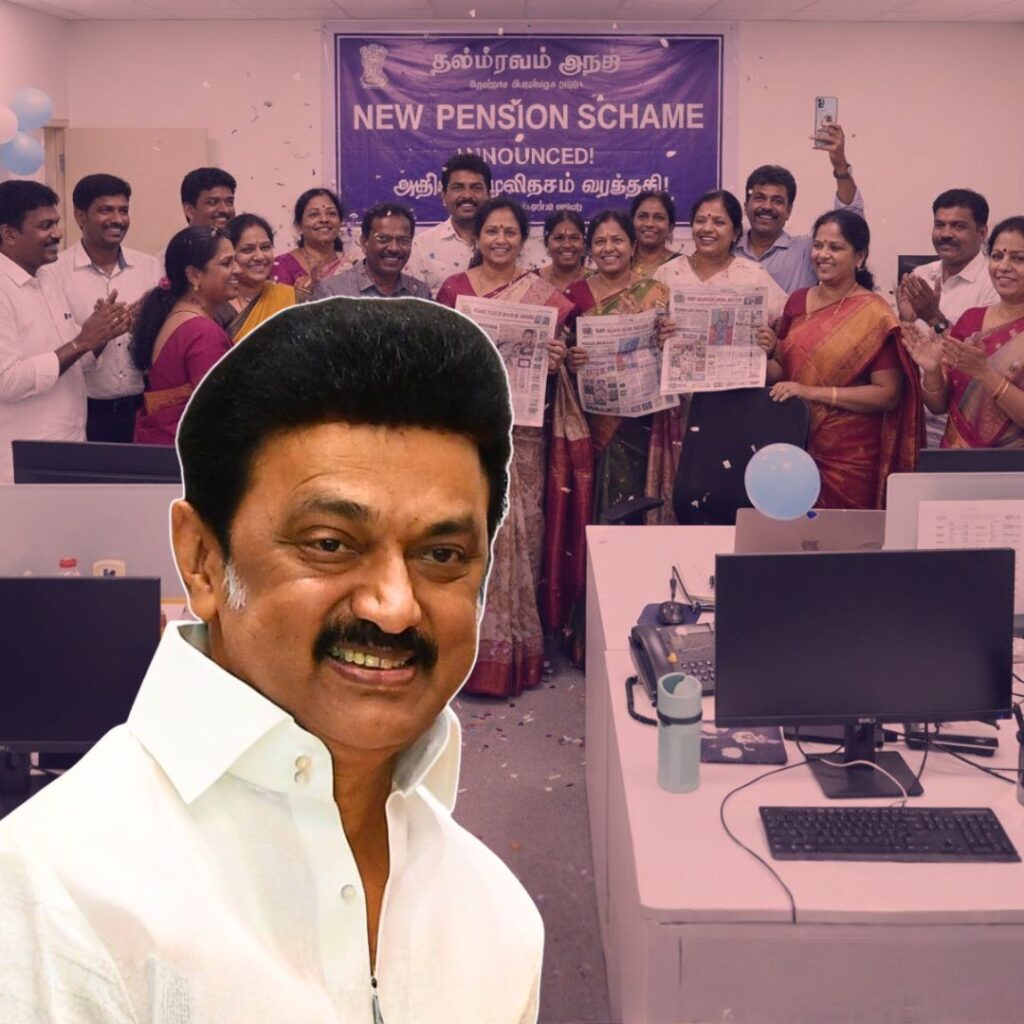Originating in the verdant landscapes of Kerala over 3,000 years ago, Kalaripayattu, a martial art blending combat and training, stands as India’s oldest and among the most revered forms. Despite its historical intensity, the mesmerizing display of punches, cuts, throws, and blocks, coupled with the rhythmic sound of sticks, swords, and shields, showcases its enduring significance in physical and mental development.
Kalaripayattu, a term derived from “kalari” meaning training ground and “payattu” meaning combat, has etched itself into the cultural fabric of Southern India. Beyond its formidable reputation for disabling opponents with precision strikes to vital points known as “marmam,” Kalaripayattu serves as a captivating form of meditation in motion.
This ancient practice was once the hallmark of Kerala’s warrior caste, employed both for conflict resolution and warfare. Historical records, such as A Survey of Kerala History by historian A Sreedhara Menon, highlight the ubiquity of Kalari gymnasiums, where boys and girls received training under the guidance of a guru.
The unique aspect of Kalaripayattu lies in its connection to nature, with stances and poses mimicking the movements of eight warrior animals, including the lion, cobra, and elephant. Additionally, practitioners possess knowledge of pressure points on the human body, and the art’s healing techniques draw from the principles of Ayurveda and yoga.
Symbolism and rituals pepper the practice, with a combination of steps (chuvadu) and postures (vadivu) forming the foundation of its techniques. The Northern style, emphasizing flexibility and weapons training, contrasts with the Southern style, focusing on hand-to-hand combat and pressure point strikes.
Kalaripayattu’s historical journey transcends India’s borders, with its introduction to China in the 6th century contributing to the foundation of Asian martial arts. Notably, during the colonial era, warriors like Velu Thampi the Great and Pazhassi Raja utilized Kalaripayattu against the British, leading to a temporary ban on its military use.
In a recent triumph for Kalaripayattu, the Indian Sports Ministry recognized it as one of the four indigenous martial art forms for the Khelo India Youth Games 2021, further cementing its cultural and athletic significance.
Beyond its historical roots, Kalaripayattu is experiencing a contemporary revival, attracting fitness enthusiasts seeking to enhance strength, stamina, and flexibility. Renowned instructor Vipin Lagarto, based in Mumbai, has trained Bollywood celebrities, including Dia Mirza, using Kalaripayattu as a holistic exercise for both the mind and body.
For Deepa Vaitheeswaran, a practitioner from Pondicherry, Kalaripayattu is more than just a fitness regimen; it’s a transformative journey that has instilled discipline, humility, and a newfound perspective on life. Whether pursued for fitness, spirituality, or artistic enhancement, Kalaripayattu remains a reminder that with knowledge and strength comes a profound sense of responsibility.
As Kalaripayattu continues to bridge the ancient and the modern, it unveils a timeless legacy that transcends physical combat. Its resurgence in contemporary contexts not only preserves a cultural treasure but also offers a holistic path to physical and mental well-being. Through the art’s symbolic movements, rituals, and teachings, Kalaripayattu beckons practitioners to explore the profound connection between tradition and the evolving dynamics of the modern world.
Also Read: Memory In Microbes: Unraveling Intriguing Findings Of Bacterial Memory Storage











